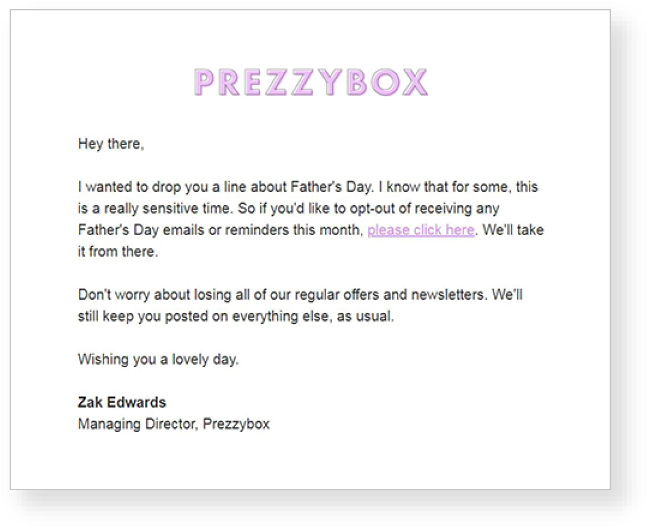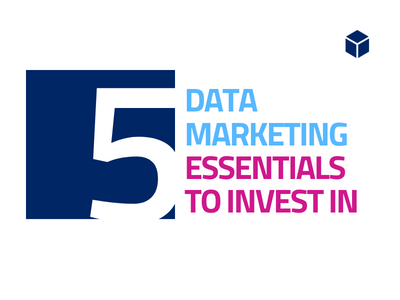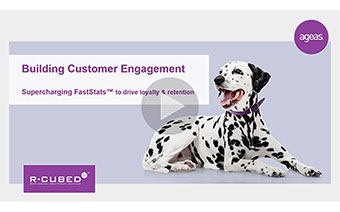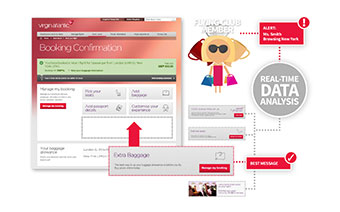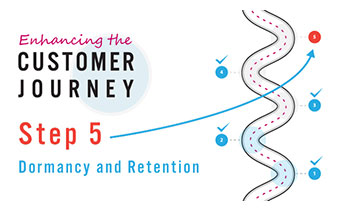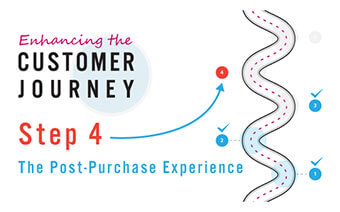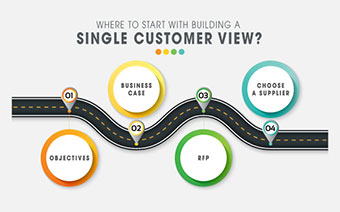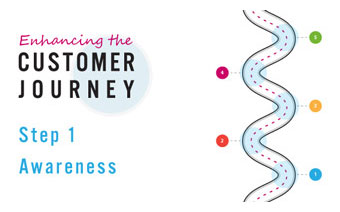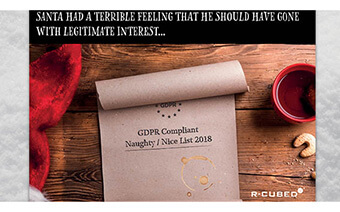In the dark and distant days before GDPR, customer targeting and marketing preferences, we had just one flag to worry about. Do not promote.
The ‘do not promote’ flag was all you needed to stay on the right side of the law. The process was simple. Market to all of your customers as often as possible, through every channel and if they complain, flag them as ‘do not promote’ and exclude them from all future campaigns.
It was simple. It was easy to manage. And it was totally lacking in customer understanding.
Now, of course, things are different. Or are they? Are you managing your customers’ marketing preferences accurately enough?
We’re not going to dwell on data regulations here. You know that you need to respect marketing consents and opt outs.
The bigger question is – Do you really know your customer preferences?
Don’t assume all your customers want to hear about everything
I received an email recently which impressed me in how it sought to refine my marketing preferences. It was from Prezzybox, the online gift retailer. They were checking if I was still OK to receive marketing emails. Not in general though, but specifically about Father’s Day.
Now, as it happens, I had lost my step-father less than a year earlier, which is perhaps why it resonated with me. But it’s very rare to see such a targeted marketing preference.
It’s a shrewd move. If someone were sufficiently upset, they might be tempted to hit the unsubscribe button and Prezzybox would lose them for all marketing emails. But this kind of highly targeted opt-out allows them to retain them for the vast majority of their marketing, while demonstrating that they’re sensitive to their customers’ preferences.
The lesson here is to be aware of what your customers might be interested in, especially if you have multiple and diverse product ranges. What are your customers buying, or browsing? What emails are they responding to? If your department store customers only ever buy menswear, are you risking their loyalty if you continue to send them womenswear and cosmetic emails?
When someone buys home insurance from you, are you also regularly hitting them with motor, travel and pet insurance? Is this based on an understanding of your customers – or is it just a free-for-all by the product teams?
So if your unsubscribe rate is higher than you’d like, consider whether you need to make your marketing preferences more granular. Use your data, look at your customers’ behaviour and if all else fails – ask them.
Don’t over-communicate
It’s good to talk, but not every day.
A common mistake is to overwhelm your customers with emails or any other communication. A daily bombardment of messages will have even your most loyal customer groping for the unsubscribe button.
Make sure you understand the most appropriate frequency for your different customer types. Monitor the open rates, the click-throughs and whether they’re ending up in the spam folder.
Run tests to see what effect different frequencies have. Remember, it will be different for your various customer segments, so don’t suddenly slash your volumes in half.
Again, don’t be afraid to ask. We’ve seen some neat examples where companies have asked ‘are we mailing you too much’ and have offered some easy to click alternatives. But remember that responses will also be driven by relevance. If your emails aren’t of interest, then the answer will invariably be ‘yes, you’re emailing me too much.’
Pick a channel, any channel
By now, you should have specific permissions by channel. But if by chance you’ve bundled some together – e.g. SMS and phone calls – you run the risk of losing customers who object to a particular medium.
We all have preferred channels for communication and you should ensure yours are all separate. Many people object to marketing calls and will opt out speedily, but you don’t want to lose them from your other channels.
Again, you should be using your data to understand who’s responding to what channels. Vast differences across ages groups have opened up over the last few years. Some consider text messages to be overly intrusive while for others, it’s perfectly acceptable. And while some of us feverishly check our emails at every spare moment, others don’t consider it an important method of communication.
If you want a no-obligation health-check of your permissions process and data management, contact us and we would be happy to set up a meeting with you.

